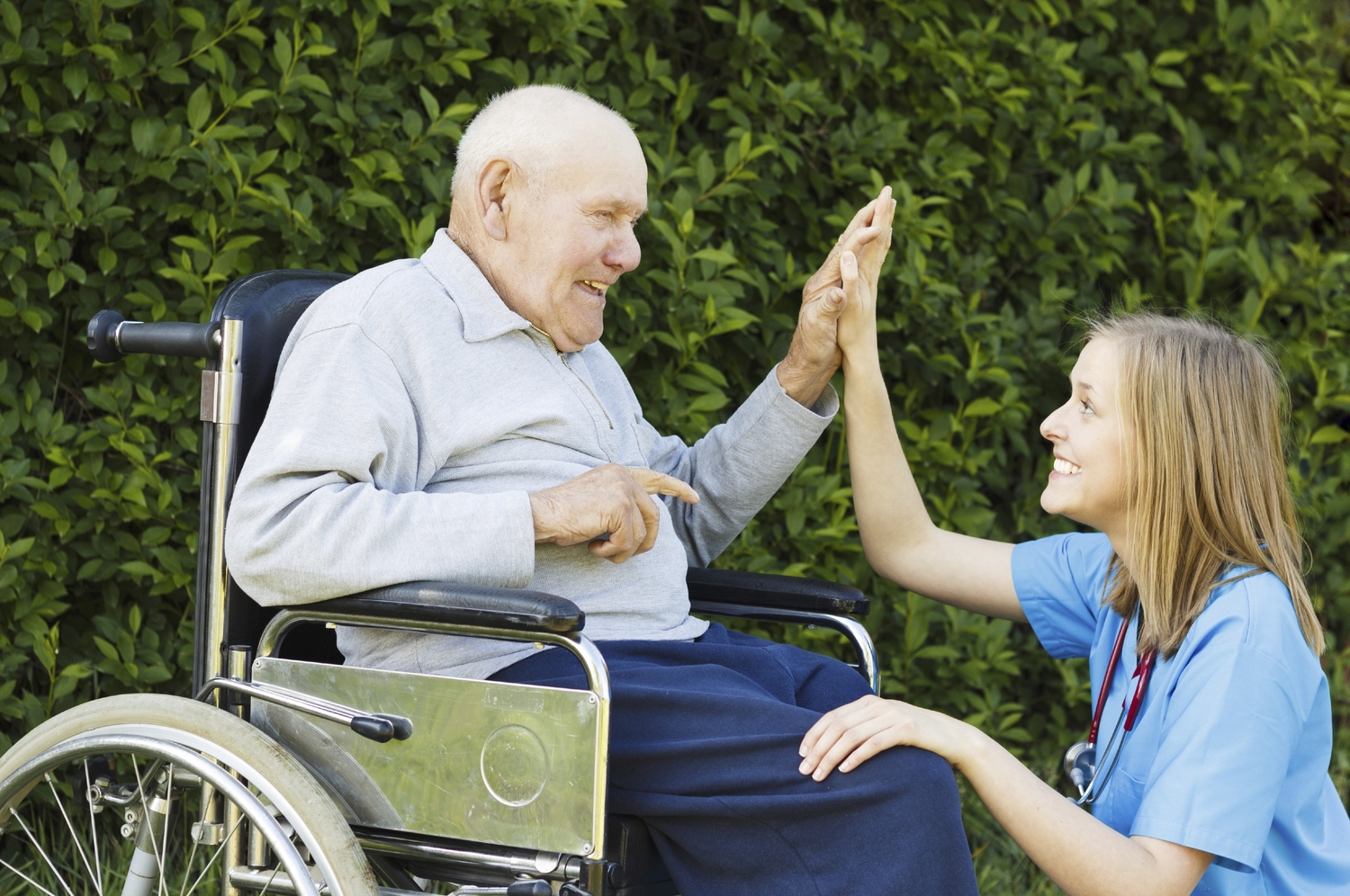
Everyone knows that humans’ overall population on planet Earth is increasing at a very fast pace. It is affecting not just the human species but also other animals, atmosphere, ecosystems and natural resources across the planet. With the increase of these numbers, the older population is also estimated to soar new heights in near future. According to a report by the United Nations, by 2030 the number of old age people is going to increase by 56% in the world aging above 60 years. The percentage of people aged 80 years and above is increasing at a much faster rate than this. This means our average life expectancy is increasing. The increase in fertility and decreased mortality are leading to the greater ratio of our aged counterparts.
Mostly the developed nations have more aging persons. The pace in developing nations too is no less now. Also, this growth of the aging community is seen more in urban areas than in rural because of the lack of many facilities in rural parts. Due to the advancement in technology and medicine, our lifespan has increased however that does not conclude that we are very well equipped with all the facilities to take care of our aged population. More and more countries are coming up with different schemes for the sustainability for this age group in terms of pension schemes and extra working years for being socially active and providing many other benefits.
The well being of this age group depends more on the senior home health care than any other central or state level benefits. According to the World Health Organization (WHO), there is no need for heavy health and pension budgets to take care of this shifting population structure. The need of the hour is health care and technology-related changes which are enough to improve their independence and better condition in the last phase of their life. Mostly at this juncture of life people suffer due to old age disability and high dependency on others.
All over the world the healthy years of old people are cut short due to some kind of disability. Therefore consideration of the health of the elderly population in their lateral years is most important for both the family as well as the policymakers at the state or country level. Our present should be well prepared for this grey future with the remedies and plans for all the elderly disorders. The most common one is depressive diseases in women above 60 years of age then hearing loss, neck & back pain, Alzheimer’s disease, and osteoarthritis etc. One of the reports by the Administration of Community Living (ACL) in the U.S. approximately 28% of the total elderly population is living alone and this percentage increases with the increasing age. The women aged 75 years and above who live alone have a 45% share. Older people have at least one chronic disease or can have multiple conditions. The topmost are 58% hypertension, 31% arthritis, 29% of heart disease and 27% diabetes.
Looking at these figures, the caregivers should be aware that each one of them is contributing towards serving these percentages. As the age increases, the need for the care also increases. They not only need care but also give good care to the younger family members. The grandparents in most of the cases are responsible for providing basic care to one or more young members below the age of 18. However, there are around 24% caregivers who are above the age of 60 years old. This is a significant part of our population who needs a lot of attention from younger people too.
As the people above 60 years themselves need care and support. They will not be able to handle the challenges of taking up the tasks related to senior home health care. Henceforth, it is concluded that the current scenario of our care and support for the old aged population needs a lot of changes, moderation, and improvements. These will be first initiated from each home. Then the role of policymakers comes into play.
I'm a writer and illustrator. I did graduation in Journalism. For my Postgraduate thesis, I researched on Communicative Science and Disorder.
Post new comment
Please Register or Login to post new comment.